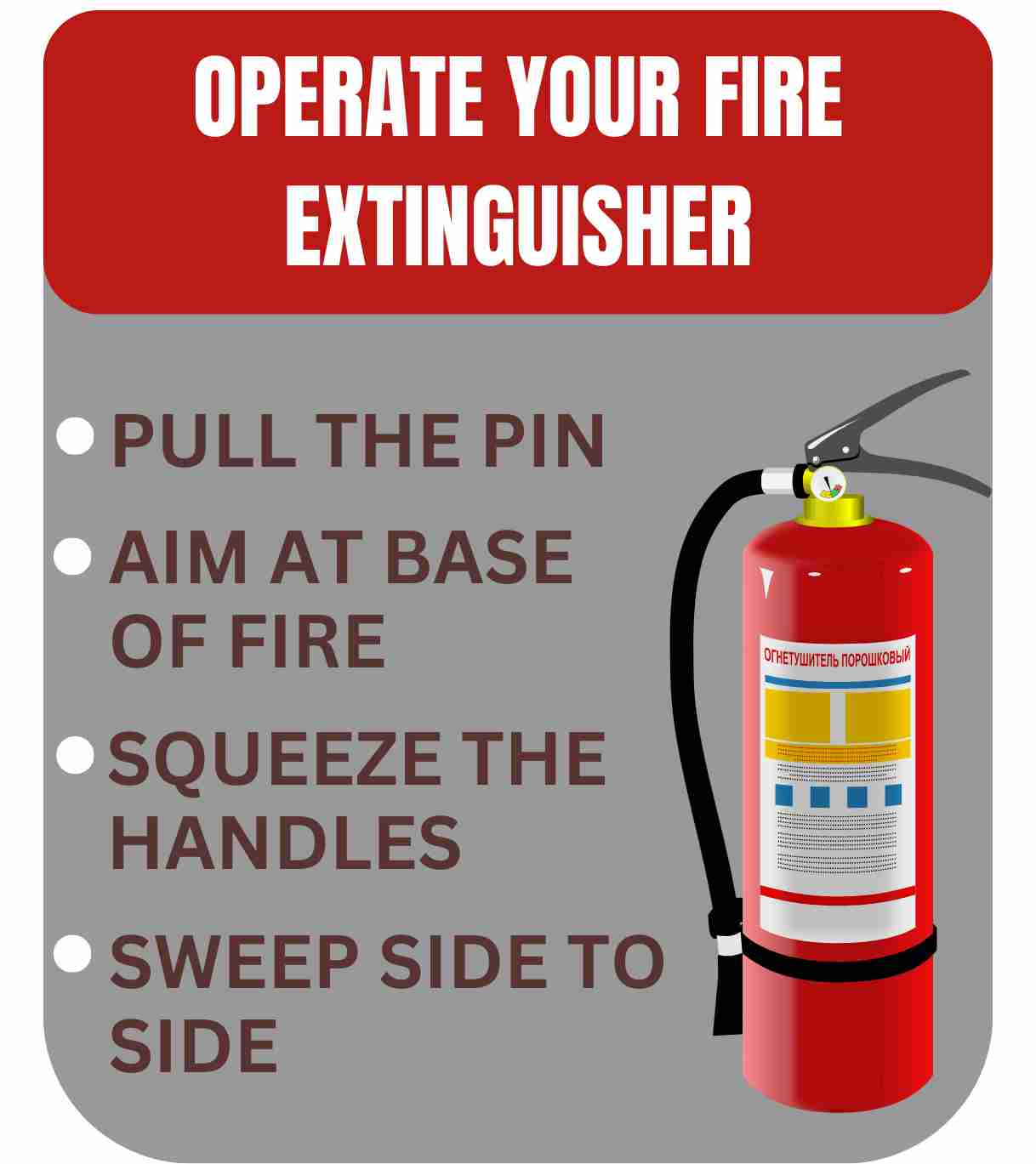
Clean Air Act: History, Standards & Safety
The Clean Air Act (CAA) is a federal law that regulates air emissions from both stationary (industrial) and mobile sources throughout...


Fire extinguishers are commonly found in workplaces, homes, and public spaces. But what's the point if individuals don't know how to use them properly? In the event of a fire emergency, having the knowledge and skills to easily and safely operate a fire extinguisher can prevent a small fire from turning into a serious situation.
Understanding the types of fire extinguishers, how to select the suitable one for different types of fires, and proper usage techniques are key components of fire safety education. This allows individuals to protect everyone in the surroundings and the property from the harmful effects of fire.
Using a fire extinguisher involves following these simple steps:
Remember the acronym PASS

If you find a fire, make sure you're not putting yourself or others at risk when trying to put it out. Here are some rules:
Not all fires are the same, and using the wrong type of extinguisher can make situation worse. There are several classes of fire extinguishers, each designed for specific types of fires.
To protect lives and property, every individual needs to understand the correct usage of fire extinguishers. By understanding the different types of extinguishers and how to use them effectively, individuals can play an active role in fire prevention and emergency response. Remember, while fire extinguishers are valuable tools, they should only be operated by individuals who have received proper training. Stay updated, stay safe, and be ready for any fire emergency.

The Clean Air Act (CAA) is a federal law that regulates air emissions from both stationary (industrial) and mobile sources throughout...

In 2023, private industry employers in the U.S. reported 2.6 million nonfatal workplace injuries and illnesses, down 8.4% from the previous...

The OSHA Training Institute (OTI) is the official training and education arm of the Occupational Safety and Health Administration (OSHA)...

The term “OSHA 40-Hour Certification” is one of the most common misconceptions in workplace safety training. Many...

Every year, thousands of workers are injured or lose their lives in workplace accidents. These incidents highlight...

Workplace safety is regulated at both the federal and state levels. In Virginia, the Virginia State Plan, also known as...